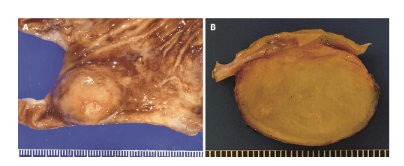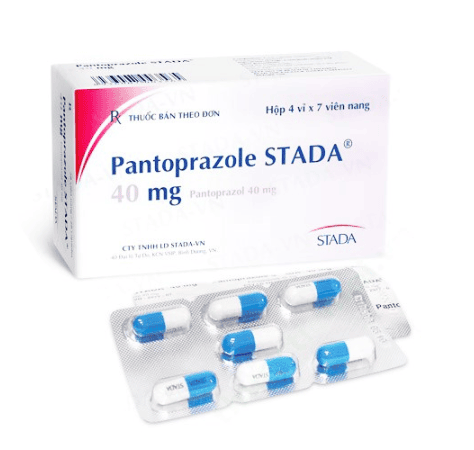This is an automatically translated article.
Posted by Master, Doctor Mai Vien Phuong - Department of Examination & Internal Medicine - Vinmec Central Park International General HospitalCalcified fibrous tumors (CFTs) are rare benign mesenchymal tumors of the gastrointestinal tract. Originally thought to be tumors of soft tissue sites, recent studies have shown the gastrointestinal tract to be the primary site of these tumors. Calcified fibrous tumors present a diagnostic challenge due to overlapping histological features with multiple stromal lesions. Understanding the core clinical, histological and immunophenotypic features of calcified fibrosarcomas is important in making an accurate diagnosis.
1. Characteristics of calcified fibroids
Gastrointestinal calcified fibrocystic tumors can occur at almost any age, with a predisposition in adults and women. They occur most commonly in the stomach and small and large intestines. Calcified fibrocystic tumors are often found incidentally, cured by site resection, and have a low risk of recurrence. Histology revealed three characteristic features: Axonal proliferation in a hyalinized dense stromal, scattered calcification, and lymphocytic inflammation. calcified fibrous tumors have immunological activity for CD34, vimentin and factor XIIIa, which distinguishes them from other benign mesenchymal tumors. The differential diagnosis of calcified fibroblasts includes sclerotic gastrointestinal stromal tumors, hemangiomas, adenomas, solitary fibroblasts, inflammatory fibroblasts, plexiform fibromas, fibrinosis, sclerosing mesenteritis, and reactive nodular pseudofibromatosis.
2. Treatment of calcified fibrous tumors
Calcified fibrocystic tumors are benign lesions and are usually treated with local surgical resection. Very few cases of complete endoscopic resection of submucosal dissection have been reported and were not associated with recurrence. While complete resection seems appropriate for large tumours, some argue that long-term follow-up is sufficient for patients with small, asymptomatic gastrointestinal calcified fibromas. proof.Prognosis
The local recurrence rate of calcified fibromas is estimated to be about 10%, and some authors have recommended follow-up for patients after resection of calcified fibromas. However, no guidelines for follow-up have been established. Furthermore, the rate of recurrence in gastrointestinal calcified fibrosarcomas compared with calcified fibrous tumors arising at other sites remains unclear. Some authors have suggested that gastric calcified fibrosarcomas, for example, are less prone to local recurrence than soft tissue calcified fibromas. While multifocal calcified fibrous tumors in the gastrointestinal tract have been reported, true disease recurrence or metastasis has not been shown. To date, there have been no reported cases of malignant transformation of calcified fibrous tumors or of metastatic disease. To date, no deaths from calcified fibrosarcomas have been reported in the literature. Conclusion
Further studies are needed to clarify the recurrence rate of calcified fibrous tumors at different anatomical sites in the gastrointestinal tract. Such studies may provide guidelines for the management of calcified fibrosarcoma patients, as certain populations may be able to follow close monitoring without the need for an invasive procedure. However, current data suggest that local resection is often curative and that establishment of calcified fibrous tumors as IgG4-RD will require increased surveillance of other IgG4-RDs in patients. calcified fibrous tumor. It is possible that only a subset of calcified fibrosarcomas may arise in the context of IgG4-RD or IMT. Additional larger studies with molecular characterization of calcified fibroblasts may help clarify these relationships. Such studies may provide guidelines for the management of calcified fibrosarcoma patients, as certain populations may be able to follow close monitoring without the need for an invasive procedure.
Please dial HOTLINE for more information or register for an appointment HERE. Download MyVinmec app to make appointments faster and to manage your bookings easily.
References
Turbiville D, Zhang X. Calcified fibrous tumors of the gastrointestinal tract: Clinical pathology review and update. World J Gastroenterol 2020; 26 (37): 5597-5605 [PMID: 33071524 DOI: 10.3748 / wjg.v26.i37.5597 ]
Rosenthal NS, Abdul-Karim FW. Childhood fibrous tumor with psammoma bodies. Clinicopathologic features in two cases. Arch Pathol Lab Med. 1988;112:798-800. [PubMed] [Cited in This Article: 1]














